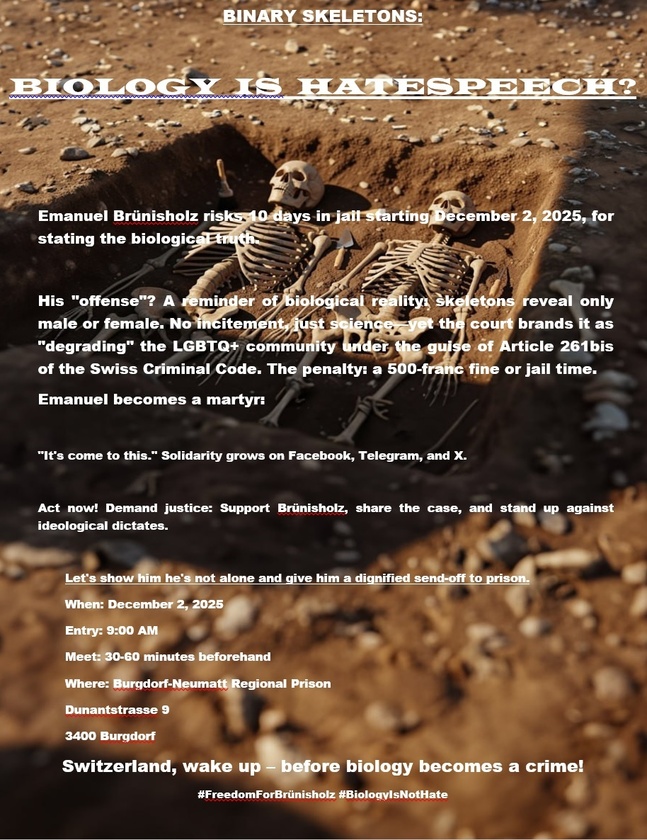What is the "Reconquista"?
In 711, the Christian Visigothic Kingdom, which had controlled the Iberian Peninsula for three centuries, collapsed within seven years. By 718, Muslims controlled virtually all of modern-day Spain and Portugal.
The remnants of the Christian nobility took refuge in the mountains of Asturias, a poor, inaccessible region in the north. From there, a war began that would last 770 years and go down in history as the Reconquista—the reconquest of a lost homeland.
What does the term "Reconquista" mean?
The word "Reconquista" comes from the Spanish verb "reconquistar"—to reconquer, to regain by force what was lost. The term became established in historiography in the 19th century, when Spanish romantics sought heroic chapters in the national past.
Chronologically, the Reconquista spans the period from 722 to 1492. It begins with the Battle of Covadonga, the first Christian victory over a Muslim force in the Asturian mountains. It ends with the capture of Granada, the last Muslim emirate on the peninsula.
The Reconquista is not simply a series of military conflicts. It is an ideological program based on three principles:
Christian lands were taken by force and must be returned;
The Visigothic kings had legitimate rights to the entire peninsula;
Muslim rule was a temporary anomaly that needed to be corrected. This idea was passed down from generation to generation, becoming the foundation of medieval Iberian identity.
How did Muslims conquer the Iberian Peninsula?
By the beginning of the 8th century, the Visigothic Kingdom was experiencing a systemic crisis. The death of King Witiza in 710 triggered a dynastic war. One side appealed to the Muslim governor of North Africa for help. He sent a seven thousand strong detachment to the peninsula under the command of Tariq ibn Ziyad.
In July 711, Muslim forces crossed the Strait of Gibraltar (the "Mount Tariq" ) and encountered the Visigothic army. The battle ended in disaster for the Visigoths. By the end of the year, the capital and major cities had fallen. By 718, Muslims controlled the entire peninsula, except for the mountainous regions in the far north.
A kingdom that had existed for three centuries disappeared in seven years. The Visigothic army, designed to suppress internal rebellions, proved incapable of confronting professional conquerors, seasoned in battles from Arabia to the Maghreb.
Why did Christians end up in the mountains?
After their defeat, the remnants of the Visigothic aristocracy fled north to Asturias, Cantabria, and the central Pyrenees. These regions had a key advantage: no one wanted to conquer them. The mountainous terrain, harsh climate, and lack of large cities meant that in the Muslim minds, the battle wasn't worth the candle.
Thus, the refugees gained a respite. Among them was a certain Pelayo, a member of the Visigothic nobility. His past is still debated, but what is known for certain is that he was an excellent organizer. A core of resistance formed around him. These young men had no intention of living under the rule of conquerors. They considered themselves the rightful heirs of the kingdom and were preparing to reclaim it.
The Battle of Covadonga and the Birth of the Resistance
Around 722, an event occurred that marks the beginning of the Reconquista. The Muslim governor sent a punitive detachment to Asturias to suppress the rebels under the command of Pelayo.
For defense, the rebels chose the area near the Covadonga Cave—a gorge with a single entrance, surrounded by cliffs. When the Muslim troops entered the gorge, they were attacked from the heights. Rockfall, spears, arrows. Part of the detachment perished on the spot; the rest attempted to retreat and were ambushed. The victory was absolute.
Later, Christian sources would transform the battle into a clash of tens of thousands of armies, with the miraculous intervention of the Virgin Mary. Muslim authors either don't mention Covadonga at all or describe it as a minor skirmish with mountain bandits. The truth lies in the middle: it was a small, yet symbolically important, victory.
After Covadonga, the Muslims stopped going to the mountains, and Pelayo was proclaimed monarch—the founder of the Kingdom of Asturias. This "kingdom" was limited to a few valleys, its population numbered in the thousands, and its army was barely the size of a modern company.
Religious Idea vs. Military Supremacy
The Kingdom of Asturias was inferior to the Muslim dominions in everything: population, wealth, army, technology. The Emirate of Cordoba (later the Caliphate of Cordoba) was one of the cultural and economic centers of the Middle Ages. The Christian enclaves in the north were poor, peripheral territories. The military balance was immeasurable. Yet the Reconquista lasted eight centuries. Why?
Because the Christians of Iberia possessed an idea that didn't require military superiority for survival. The idea was simple: the peninsula was theirs by right, the Muslims were invaders, and reclaiming the land was a sacred duty to God and their ancestors. This idea didn't depend on victory or defeat.
The cult of the Apostle James, or Santiago, played a central role in the ideology of the Reconquista. According to legend, James preached in Spain and after his death was buried in Galicia, where his relics were discovered in the 9th century. Santiago became the patron saint of the war against the Muslims. The image of the apostle on a white horse, slaying his enemies (Santiago Matamoros—"slayer of the Moors" ), became the symbol of the Reconquista.
The Muslims possessed military might. The Christians possessed an idea that transformed the war into an eight-century-long mission. And this proved sufficient to survive centuries of defeat and await the moment when the balance of power would shift.
How the Christian Kingdoms Went on the Offensive
Under Alfonso I of Asturias (739-757), Christians switched from defense to limited offensive actions. Alfonso took advantage of the weakening of Muslim forces caused by ethnic conflict. He launched a series of raids into the Duero River valley, capturing and destroying several fortifications.
This is what the Kingdom of Asturias looked like under Alfonso. I wouldn't want to find myself in his shoes somewhere in Crusaders Kings III.
Alfonso made no attempt to hold the conquered territories—he lacked both troops and population for colonization. Instead, he ravaged the borderlands, drove the population north, and destroyed fortifications. A wide strip of scorched earth emerged between the Christian and Muslim territories—a buffer zone protecting Asturias from raids.
What happens next?
Under Alfonso I's successors, the kingdom slowly expanded. The capital moved from the mountainous Cangas de Onís to the more accessible Oviedo. By the end of the 8th century, Christians controlled all of Galicia and eastern Asturias. In the 9th century, the Duero Valley was settled, and the cities of León, Burgos, and Zamorra—future centers of the Christian kingdoms—were founded.
The most effective "missionaries" of the Reconquista.
At the same time, other Christian enclaves emerged: Navarre in the western Pyrenees, the County of Barcelona in the east (under Frankish protectorate), and the Kingdom of Aragon in the central Pyrenees.
By the 10th century, several independent Christian states existed in the northern peninsula, united by the common idea of the Reconquista but competing with each other for land and influence.
The advance was slow. More than three centuries would pass from Covadonga to the capture of Toledo (1085). But the foundation had been laid: Christians survived, created states, and moved from defense to expansion.
The Reconquista evolved from a guerrilla war waged by a handful of refugees into a long-term strategy spanning several generations, ultimately reclaiming the entire peninsula.
We'll discuss each stage of the Reconquista in more detail in separate articles.




























